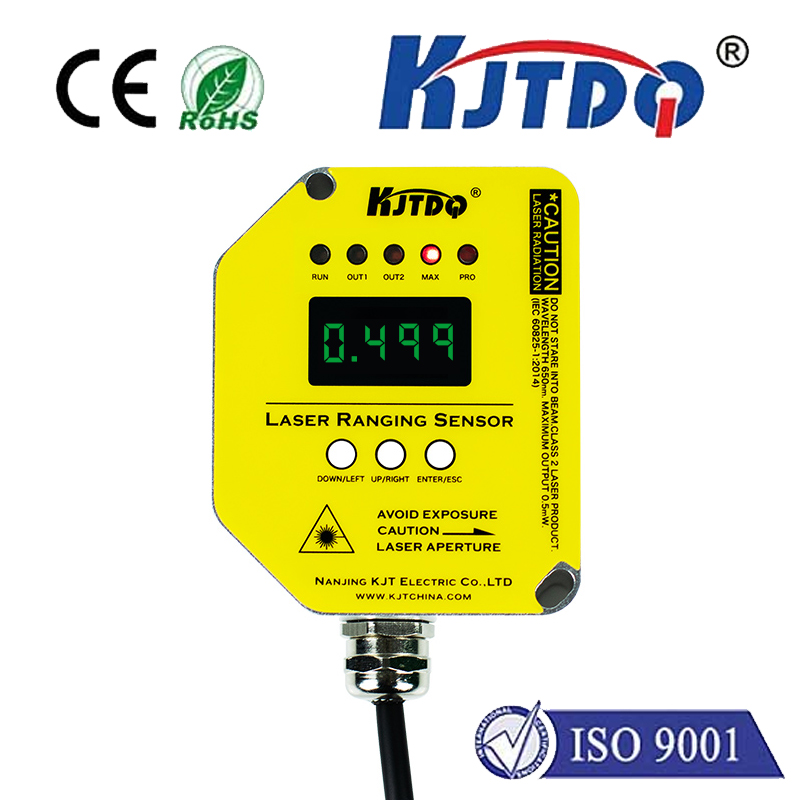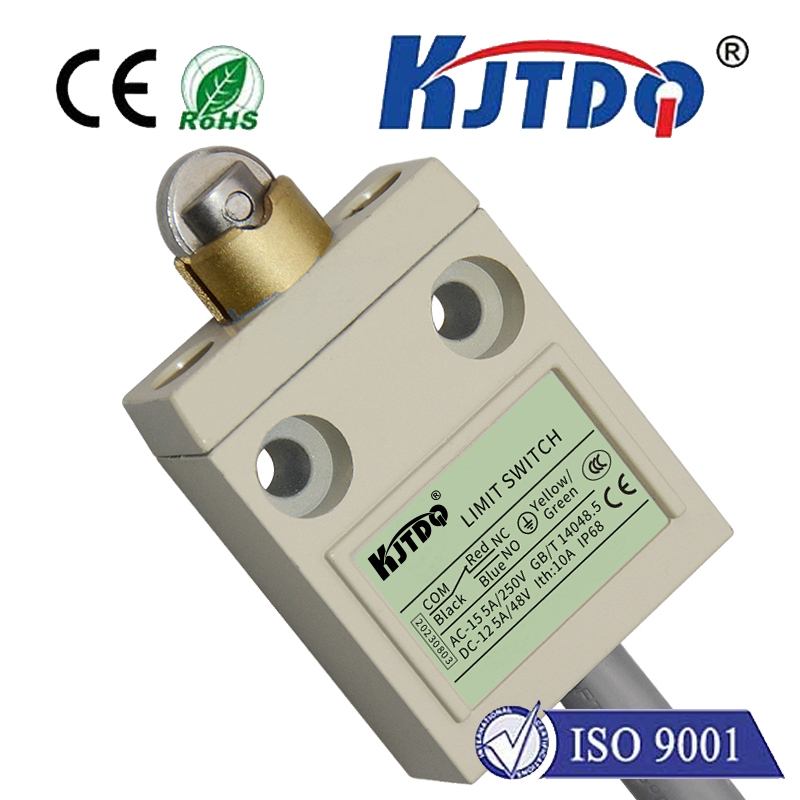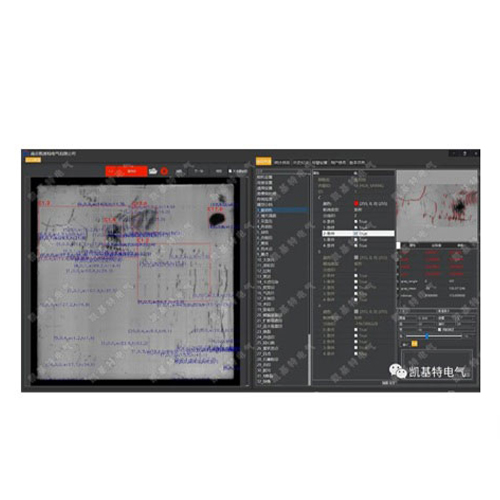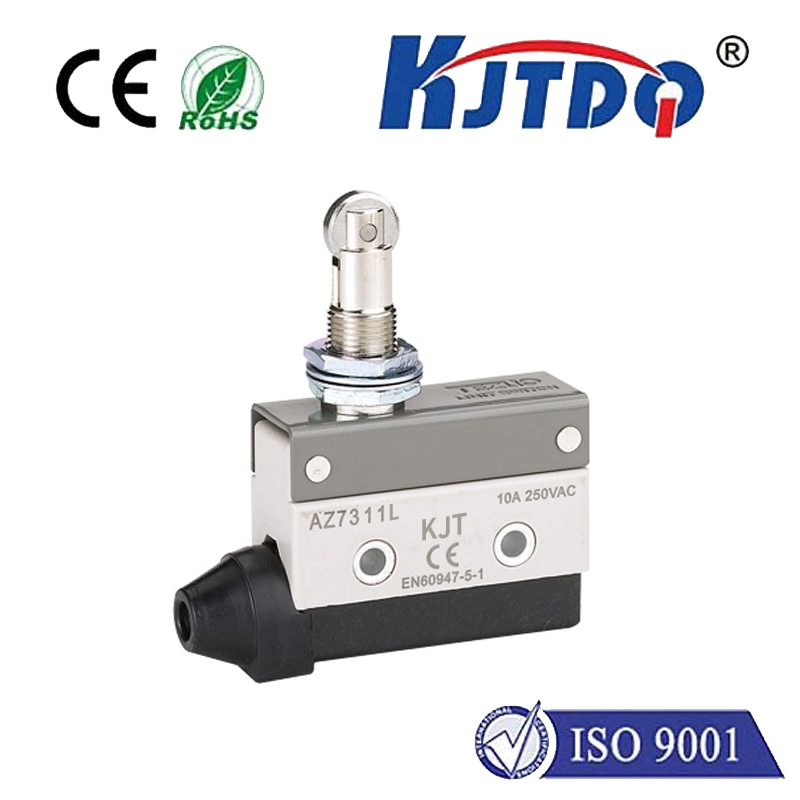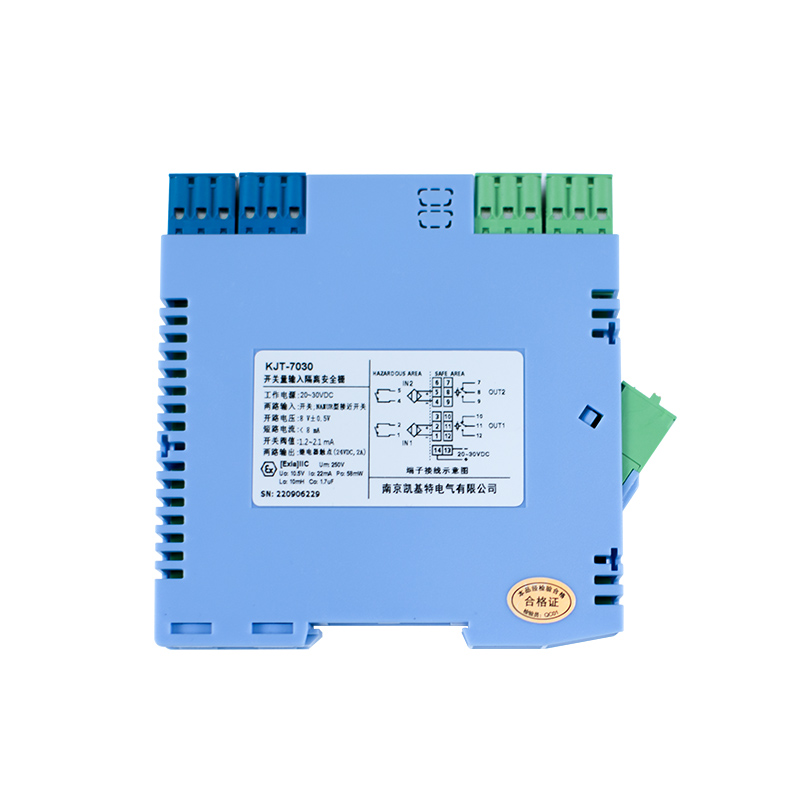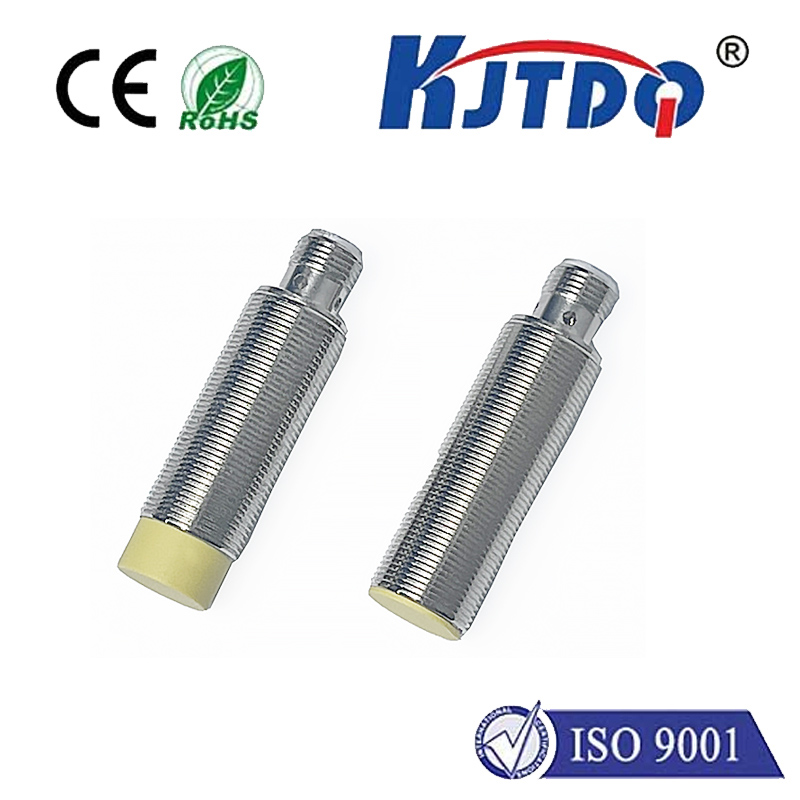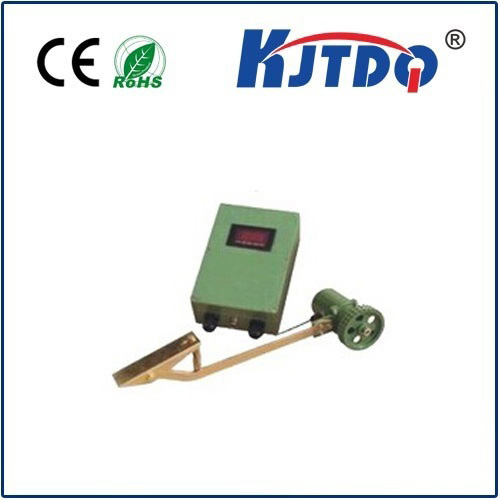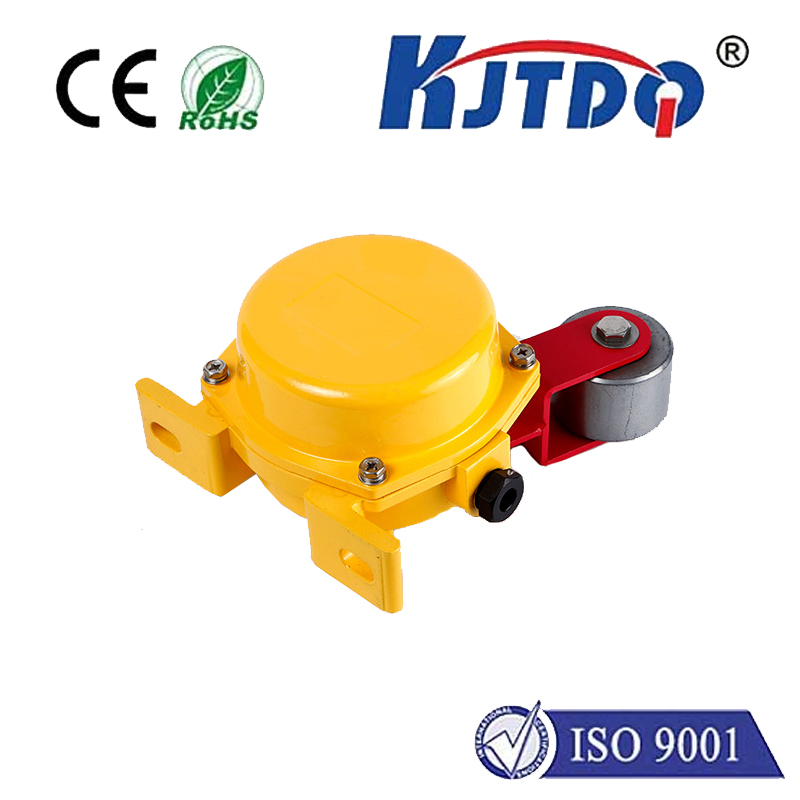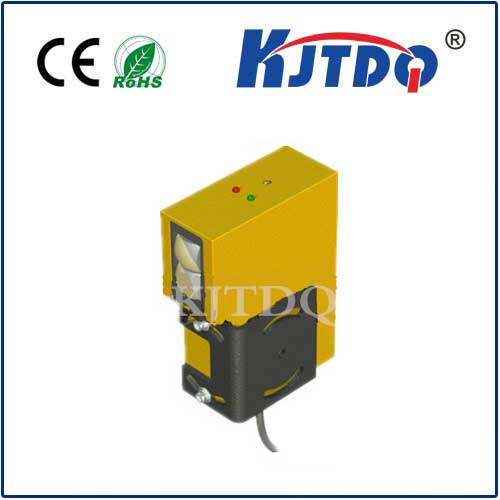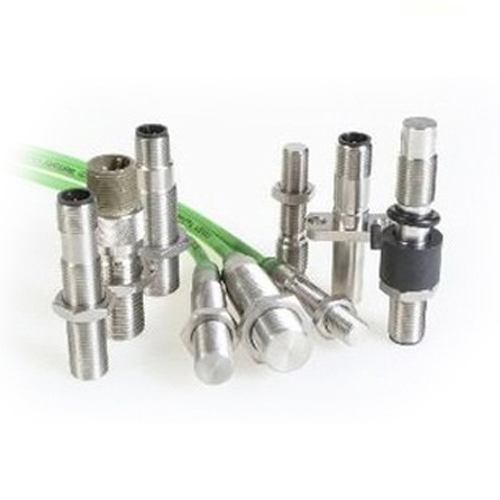Двусторонний ограничительный переключатель
- time:2025-07-31 01:05:37
- Нажмите:0
2 Way Limit Switches: Dual-Position Control for Precise Machine Operation
Imagine the familiar hum of your garage door opener. It glides smoothly up, reaches its peak, and stops perfectly without slamming into the overhead structure. Or consider a massive robotic arm welding car parts: it swings with incredible force yet halts precisely at its programmed endpoint, reverses direction smoothly, and repeats flawlessly. This seemingly simple feat of stopping and starting at exact points is fundamental to safe, efficient, and automated machinery. At the heart of this precision control often lies a critical component: the Двусторонний ограничительный переключатель.
Unlike a simple on/off switch, a 2 way limit switch is designed to detect the presence or absence of an object (usually a moving part of a machine) at two distinct positions along its travel path. Its primary job is to signal when a machine component has reached either a pre-set end-of-travel point, or sometimes a critical intermediate position, triggering a specific action – most commonly stopping or reversing motion. This capability makes it indispensable for automating repetitive movements, preventing over-travel damage, and ensuring operational safety across countless industrial and commercial applications.
Understanding the Core Mechanism
Fundamentally, a 2 way limit switch is a robust electro-mechanical device. Its operation relies on physical contact:

- Actuator: This is the protruding part (lever arm, roller plunger, rod, whisker, etc.) that makes physical contact with the moving target (cam, machine part). The actuator’s movement is the trigger.
- Electrical Contacts: Inside the sealed housing, movement of the actuator precisely changes the state of internal electrical contacts. Crucially for a 2 way switch, these contacts are configured to change state at two different points in the actuator’s travel. This typically means the switch has two distinct switching positions relative to the actuator’s neutral state.
- Switching States: The most common configuration involves a lever actuator:
- Position 1 (e.g., “Left” travel limit): When the lever is pushed in one direction to its first stopping point, it opens or closes the first set of contacts.
- Position 2 (e.g., “Right” travel limit): When the lever is pushed in the opposite direction to its second stopping point, it activates the second, independent set of contacts.
- Neutral Position: When not engaged, the lever rests centrally, and both contact sets are in their default state (e.g., both open or both closed, depending on design).
This independent actuation at dual positions is the defining feature that sets it apart from a simpler single-pole switch.
Why Choose a 2-Way Limit Switch? Key Advantages
The dual-position control capability offers distinct benefits:
- Compact Control in Tight Spaces: Instead of installing two separate single-position limit switches (one for each end of travel), a single 2-way unit handles both positions. This saves space, simplifies mounting, and reduces wiring complexity. Space efficiency is a major plus in crowded machinery.
- Enhanced Precision and Repeatability: Modern mechanical and sealed switches offer excellent repeatability. Once precisely set, they activate reliably at the same physical point each cycle, ensuring consistent machine operation. This dependability is paramount for automation.
- Robustness and Environmental Tolerance: Designed for industrial environments, quality 2-way limit switches are built tough. They feature sturdy housings (metal or high-grade plastic), reliable internal contacts (often gold-plated for longevity), and powerful springs. Many boast high Ingress Protection (IP) ratings (like IP67), resisting dust, water jets, oils, and vibration, making them suitable for demanding factory floors, outdoor equipment, or washdown areas.
- Cost-Effectiveness: Combining two functions into one device inherently reduces the total component count. This translates to lower overall system cost compared to using two individual switches for independent position sensing – factoring in purchasing, installation, and wiring.
- Simplicity and Reliability: The electro-mechanical nature offers straightforward operation and troubleshooting compared to more complex sensors (like proximity sensors). When physical contact sensing is acceptable and robust, they are often the most reliable and cost-efficient solution.
Diverse Forms for Diverse Needs
2-way limit switches come in various actuator types to suit different triggering mechanisms:
- Lever Types: The most common. Roller levers offer low friction and smooth engagement with moving cams. Standard levers are versatile. Adjustable levers allow fine-tuning of the actuation point.
- Plunger (Pushrod) Types: Activated by direct linear force along their axis. Ideal for applications where the target moves directly towards or away from the switch.
- Flexible Rod (Wobble Stick/Whisker): These long, flexible rods can detect objects approaching from wide angles, often used in safety guarding or large machinery.
- Rotary Types: Designed to be activated by the rotation of a shaft or cam, sensing angular positions.
- Housing Styles: Choices include standardized designs (like the classic “Z” shape) for easy mounting, compact miniature versions for space constraints, and rugged heavy-duty models for extreme environments. Material choices impact environmental resistance.
The specific actuator chosen directly impacts the switch’s sensitivity, engagement force, and suitability for the application’s mechanical interface.
Where You’ll Find Them: Ubiquitous Applications
The versatility and reliability of 2-way limit switches mean they are found almost everywhere machinery moves:
- Material Handling & Conveyors: Controlling conveyor start/stop points, positioning pallets or loads, detecting gate positions, and reversing direction on linear conveyors or automated guided vehicles (AGVs).
- Packaging Machinery: Ensuring carton formers, filling heads, capping stations, and labeling units start and stop at precise positions within their complex cycles.
- Станки: Defining the endpoints of travel for milling tables, lathe carriages, drill feeds, and spindle quills. Preventing crashes by limiting axis travel.
- Robotics: Establishing home positions and travel limits for robotic arms, ensuring movements stay within safe boundaries. Often used as a secondary safety layer.
- HVAC Systems: Controlling the open/closed position of large dampers and valves in commercial heating and ventilation systems.
- Automotive Assembly: Positioning jigs, fixtures, and welding robots on assembly lines with repeatability.
- Elevators & Lifts: Indicating landing door positions and providing secondary over-travel protection.
- Access Control: Detecting the fully open or fully closed state of gates, sliding doors, or barriers.
- Medical Equipment: Controlling the range of motion on imaging tables, patient lifts, and automated diagnostic devices.
- Industrial Doors: Precisely stopping large overhead sectional doors, roll-up doors, and high-speed doors at open and closed positions. (Think back to that garage door example!)
Beyond Basic Limits: Versatile Control
While defining end-of-travel limits is their bread and butter, 2-way switches are often leveraged for more nuanced control:
- Position Verification: Confirming that a machine component has indeed moved to a specific intermediate position before allowing the next sequence step (e.g., “Is the drill lowered?”).
- Sequence Control: Initiating a secondary action once a primary movement reaches a certain point (e.g., clamping a part only after the press ram reaches a specific height).
- Safety Interlocks: Providing a basic but effective hardware-level indication that a guard door is closed before allowing machine operation.
Selecting the Right Switch: Critical Considerations
Choosing the optimal 2-way limit switch involves several factors:
- Electrical Requirements: Voltage,


